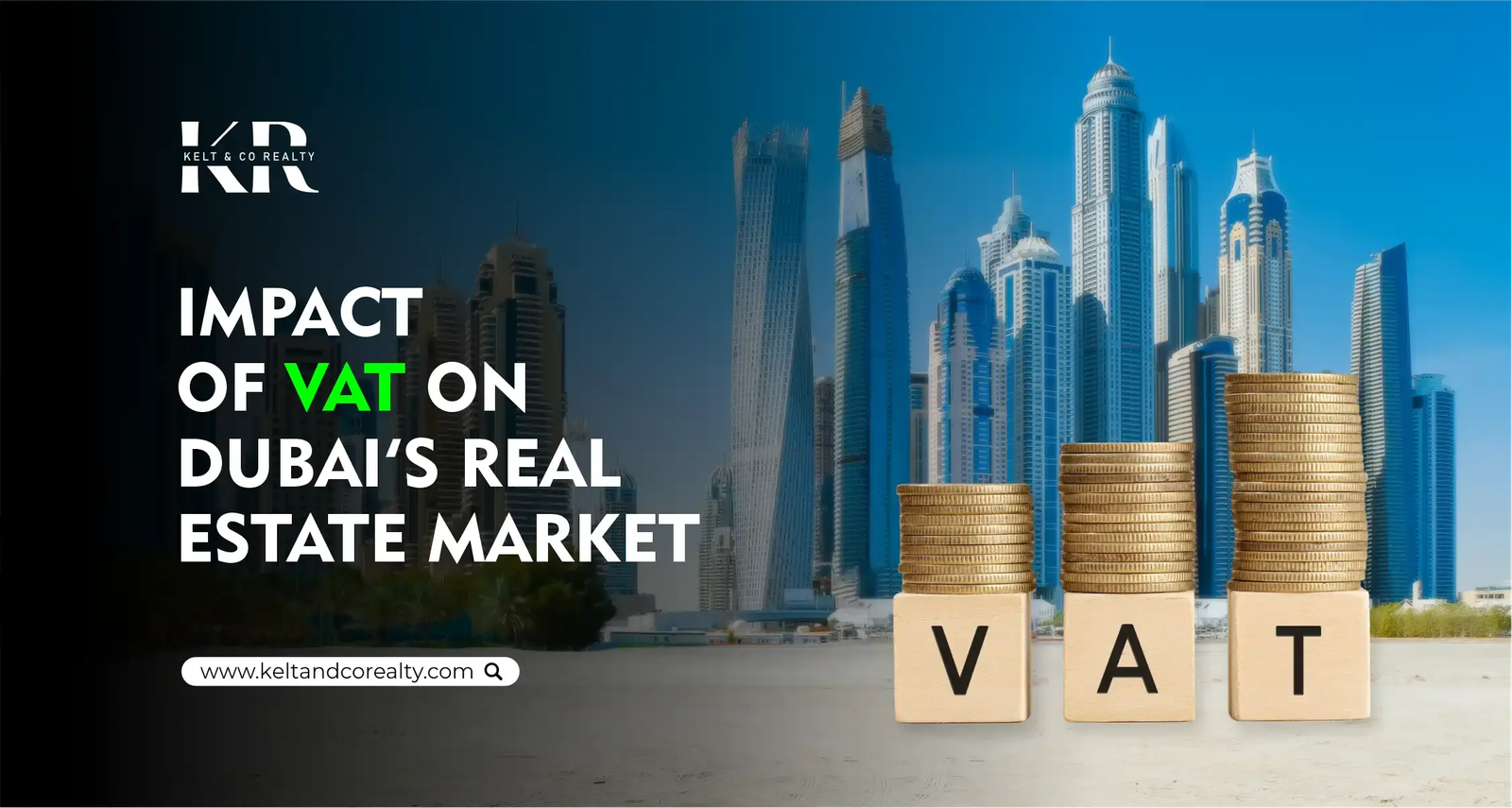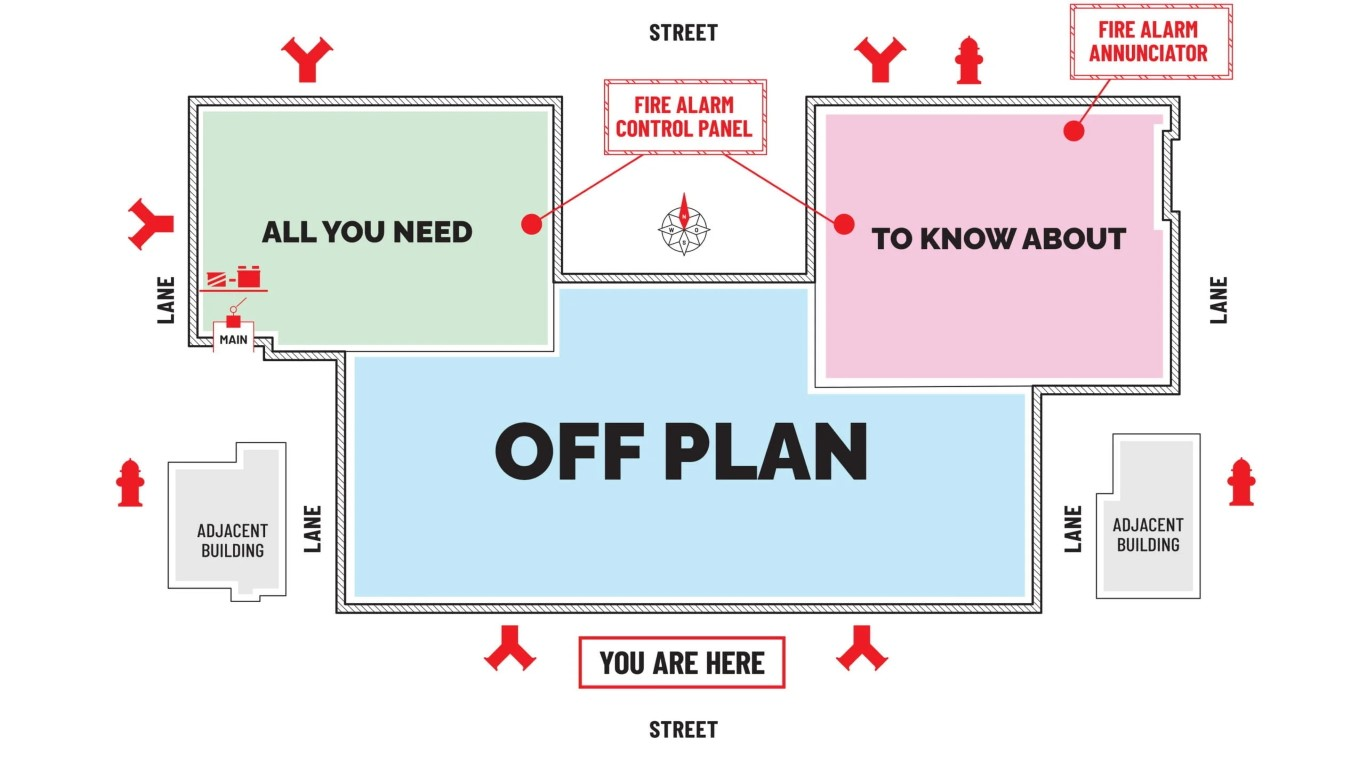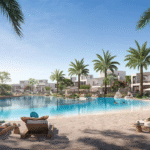Now Reading: 7 Smart Implications of White Land Tax Law in 2025
-
01
7 Smart Implications of White Land Tax Law in 2025
7 Smart Implications of White Land Tax Law in 2025
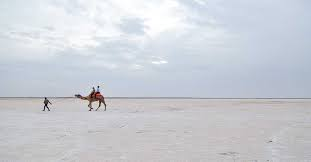
Table of Contents
White Land Tax Law : Saudi Arabia’s real estate market, part of the Gulf Cooperation Council’s (GCC) $131.86 billion industry in 2024, projected to reach $252.80 billion by 2033 with a 7.1% CAGR, is driven by Vision 2030 and $1.68 trillion in mega-projects like NEOM, per imarcgroup.com and economymiddleeast.com. The White Land Tax (WLT) Law, introduced in 2015 via Royal Decree No. M/4 and amended on April 29, 2025, per gulfnews.com, raises the tax on undeveloped urban land from 2.5% to 10% of its value and introduces a 5% levy on long-vacant properties, per arabnews.com.
These reforms target land hoarding, aiming to boost housing supply and stabilize prices for SAR 20–50 million ($5.33–$13.33 million) projects. This guide, crafted in clear, SEO-friendly language with an engaging tone, outlines seven smart implications of the WLT Law for Saudi real estate in 2025, supported by data, legal insights, and risk mitigation strategies.web:4,11
7 Smart Implications of White Land Tax Law
1. Accelerated Urban Development
The WLT’s 10% annual tax on undeveloped land (5,000+ sqm) incentivizes owners to develop or sell, reducing the 30% of urban land left vacant, per saudigazette.com. This supports SAR 50 million ($13.33 million) projects in Riyadh and Jeddah, aligning with Vision 2030’s 66% homeownership goal by 2025, per gulfnews.com.
- Implication: Increases housing supply by 5–10%, per saudipedia.com, boosting yields for developers.
- Action: Develop SAR 30 million ($8 million) residential projects in Al Rajhi, per alaan.com.
- Example: A $13.33 million Riyadh plot developed into villas avoids $1.33 million tax, yielding $1.07 million at 8%.
- Source: gulfnews.com, saudipedia.com, alaan.comweb:4,7
2. Stabilization of Real Estate Prices
The WLT curbs speculation by taxing vacant land and properties, reducing price surges in cities like Riyadh, where prices rose 8% in 2024, per arabnews.com. This benefits SAR 20 million ($5.33 million) investors seeking affordable entry points.
- Implication: Moderates prices by 3–5%, per addleshawgoddard.com, enhancing affordability.
- Action: Target SAR 15 million ($4 million) plots in Jeddah’s high-demand zones, per nevestate.com.
- Example: A $5.33 million Dammam plot sale avoids $533,000 tax, yielding $373,100 at 7%.
- Source: arabnews.com, addleshawgoddard.com, nevestate.comweb:1,11
3. Increased Revenue for Housing Projects
WLT revenues are deposited in a Saudi Central Bank account for housing and infrastructure, per saudipedia.com. In 2024, 5,500 payment orders covered 411 million sqm, funding initiatives like Sakani, per saudigazette.com.
- Implication: Adds $2 billion annually to housing funds, per dlapiper.com, supporting SAR 50 million ($13.33 million) PPPs.
- Action: Partner with Sakani for SAR 20 million ($5.33 million) affordable units in Madinah, per finanshels.com.
- Example: A $13.33 million PPP in Tabuk leverages $666,500 in subsidies, yielding $933,100 at 7%.
- Source: saudipedia.com, saudigazette.com, dlapiper.comweb:7,9,14
4. Expansion of Tax Scope to Vacant Properties

The 2025 amendments introduce a 5% tax on long-vacant buildings, defined as unused properties affecting market supply, with regulations due by May 2026, per lexology.com. This impacts SAR 20 million ($5.33 million) commercial properties in urban areas.
- Implication: Reduces vacant buildings by 15%, per agbi.com, boosting rental markets.
- Action: Lease SAR 15 million ($4 million) Riyadh offices to avoid $266,600 tax, per cityscapeglobal.com.
- Example: A $5.33 million vacant Jeddah office leased yields $426,400 at 8%, avoiding $266,600 tax.
- Source: lexology.com, agbi.com, cityscapeglobal.comweb:3,22
5. Enhanced Compliance and Enforcement
Unified tax stages and property databases, per arabnews.com, ensure compliance for SAR 50 million ($13.33 million) portfolios, with fines up to the tax amount for violations, per saudipedia.com. Regulations within 90 days (by August 2025) clarify implementation, per addleshawgoddard.com.web:7,11
- Implication: Cuts evasion by 20%, per deloitte.com, with penalties up to $1.33 million.
- Action: Register SAR 30 million ($8 million) land with ZATCA within six months, per shuraatax.com.
- Example: A $13.33 million Riyadh plot complies, avoiding $1.33 million fines, yielding $1.07 million at 8%.
- Source: arabnews.com, saudipedia.com, deloitte.comweb:7,11,24
6. Support for SMEs and Developers
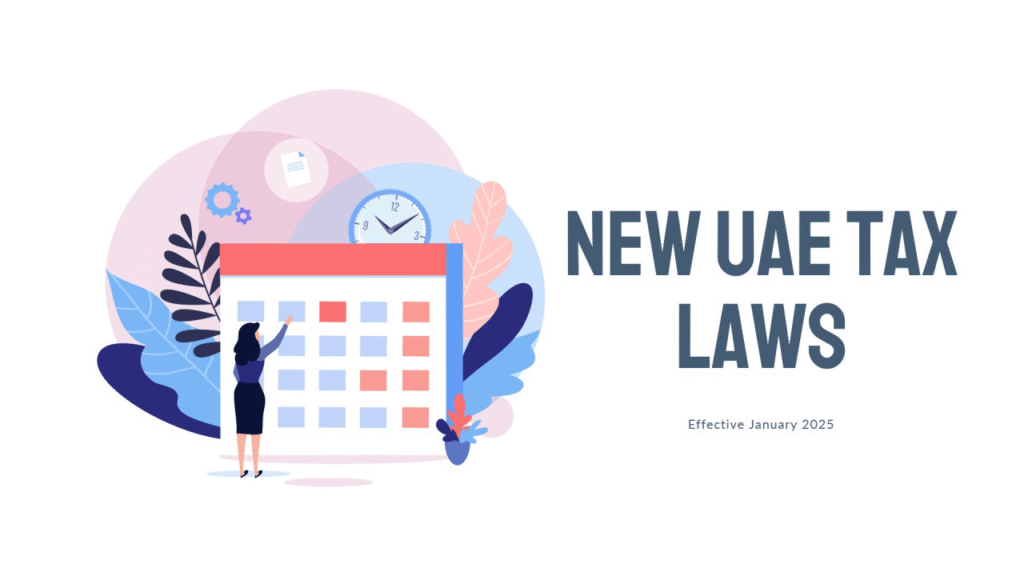
SMEs developing SAR 10 million ($2.67 million) projects benefit from WLT-driven land availability and RETT exemptions for restructurings, per practiceguides.chambers.com. Lower land costs enhance profitability.
- Implication: Reduces land costs by 5–7%, per saudigulfprojects.com, boosting SME yields.
- Action: Acquire SAR 5 million ($1.33 million) plots in Dammam for development, per makca.co.
- Example: A $2.67 million Madinah project saves $133,300 on land, yielding $213,600 at 8%.
- Source: practiceguides.chambers.com, saudigulfprojects.com, makca.co
7. Market Shift Toward Productive Investments
The WLT discourages land hoarding, redirecting SAR 20 million ($5.33 million) investments to productive assets like NEOM or Rua Al Madinah, per middleeastbriefing.com. Posts on X highlight investor optimism for development-focused strategies.
- Implication: Increases productive investments by 10%, per strategyand.pwc.com, aligning with Vision 2030.
- Action: Invest in SAR 15 million ($4 million) SEZ projects to avoid WLT, per bestaxca.com.
- Example: A $5.33 million NEOM retail unit avoids $533,000 tax, yielding $426,400 at 8%.
- Source: middleeastbriefing.com, strategyand.pwc.com, bestaxca.com
Legal and Tax Framework
- Saudi Tax Framework:
- WLT: 10% on undeveloped land (5,000+ sqm), 5% on vacant properties, per Royal Decree No. M/4, effective 2025, per gulfnews.com.
- RETT: 5% on disposals, exemptions for SMEs/PPPs, per arabnews.com.
- VAT: 15% on commercial transactions, zero-rated for residential leases, per cleartax.com.
- Zakat: 2.5% on net assets, simplified for SMEs, per ey.com.
- CIT: 20%, zero in SEZs, per pwc.com.
- E-Invoicing: Mandatory since 2021, penalties up to SAR 50,000 ($13,333), per cleartax.com.
- AML: KYC for transactions above SAR 100,000 ($26,667), fines up to SAR 5 million ($1.33 million), per pwc.com.
- U.S. Tax Framework:
- Reporting: Declare income via Forms 1040, 1116, Schedule E under FATCA, taxed at 10–37%, capital gains at 0–20%, per IRS.
- Foreign Tax Credit (FTC): Offsets WLT/RETT/VAT, per brighttax.com.
- FEIE: $130,000 exclusion for earned income, not rentals.
- Residency: SAR 2 million ($533,333) investments qualify for Saudi Premium Residency, per globalresidenceindex.com.
Risks and Mitigation
- High Tax Burden: 10% WLT risks $1.33 million annual costs on $13.33 million land, per lexology.com. Develop or sell within 90 days, per saudigulfprojects.com.
- Oversupply: 35,000 units in 2025 may cut yields by 2–3%, per cushwake.ae. Target high-demand zones like NEOM, per realestatesaudi.com.
- Regulatory Delays: Vacant property rules due by May 2026 risk uncertainty, per addleshawgoddard.com. Monitor ZATCA updates, per finimize.com.
- Currency Volatility: SAR/USD fluctuations impact returns. Hedge via Riyad Bank, per omniacapitalgroup.com.
- U.S. Tax Burden: IRS reporting reduces returns. Maximize FTC, per brighttax.com.
Step-by-Step Guide for U.S. Investors
- Assess WLT Exposure: Review SAR 20–50 million ($5.33–$13.33 million) portfolios for 5,000+ sqm land, per saudipedia.com.
- Set Budget: Allocate $13.33 million, including 10% WLT ($1.33 million) and 5% RETT ($666,500), per immigrantinvest.com.
- Develop or Sell: Convert SAR 30 million ($8 million) plots into housing within 90 days, per gulfnews.com.
- Target SEZs: Invest in NEOM for SAR 20 million ($5.33 million) tax exemptions, per middleeastbriefing.com.
- Adopt E-Invoicing: Comply with ZATCA for SAR 15 million ($4 million) projects, per cleartax.com.
- File Taxes: Submit WLT/RETT by April 30, 2025, and U.S. taxes by April 18, 2025, with FTC, per brighttax.com.
- Monitor Yields: Track 7–9% returns via propertyfinder.ae, per hermesre.ae.
Conclusion
Saudi Arabia’s $131.86 billion real estate market, set to grow to $252.80 billion by 2033, is transformed by the 2025 WLT amendments, raising taxes to 10% on undeveloped land and 5% on vacant properties, per imarcgroup.com and gulfnews.com. These changes, saving up to $1.33 million through strategic development, drive housing supply and stabilize prices for SAR 20–50 million ($5.33–$13.33 million) investments, per arabnews.com. U.S. investors, leveraging FTC and ZATCA frameworks, can secure 7–9% yields in Riyadh and NEOM, mitigating risks like oversupply, per cushwake.ae. Aligned with Vision 2030, the WLT fosters a dynamic, equitable real estate market, per strategyand.pwc.com. white land law
read more: 5 Smart VAT Strategies for Buyers and Developers in 2025



